Once upon a time and not long ago, telling folks that you were planning to travel around Taiwan would generally be met with a puzzled reply of
“You mean Thailand, right?”
Indeed, the Taiwan/Thailand thing was so common as to have become something of an in-joke among western expats living in Taiwan. Those days are by and large behind us. While Thailand still ranks as one of the world’s top tourist destinations (and deservedly so), Taiwan has emerged as a travel destination in its own right, and nowadays even casual travelers can differentiate between Taiwan and Thailand despite the fact that both nations start with the letter T and are located in Asia.
As a writer who lives in Taiwan and traveled extensively in Thailand (most recently on an eight-day trip to Chiang Mai and the surrounding area), I thought it would be useful to compare and contrast these two countries from a travel perspective, answering the following questions:
- How are Taiwan and Thailand different?
- How are they similar?
- Which place is better for what kinds of travel?
First, let’s get the physical comparison out of the way.
Taiwan and Thailand: A Quick Comparison
– Thailand on a Map
Thailand weighs in at 514,000 sq km (198,456 sq mi) and has a population close to 70 million.
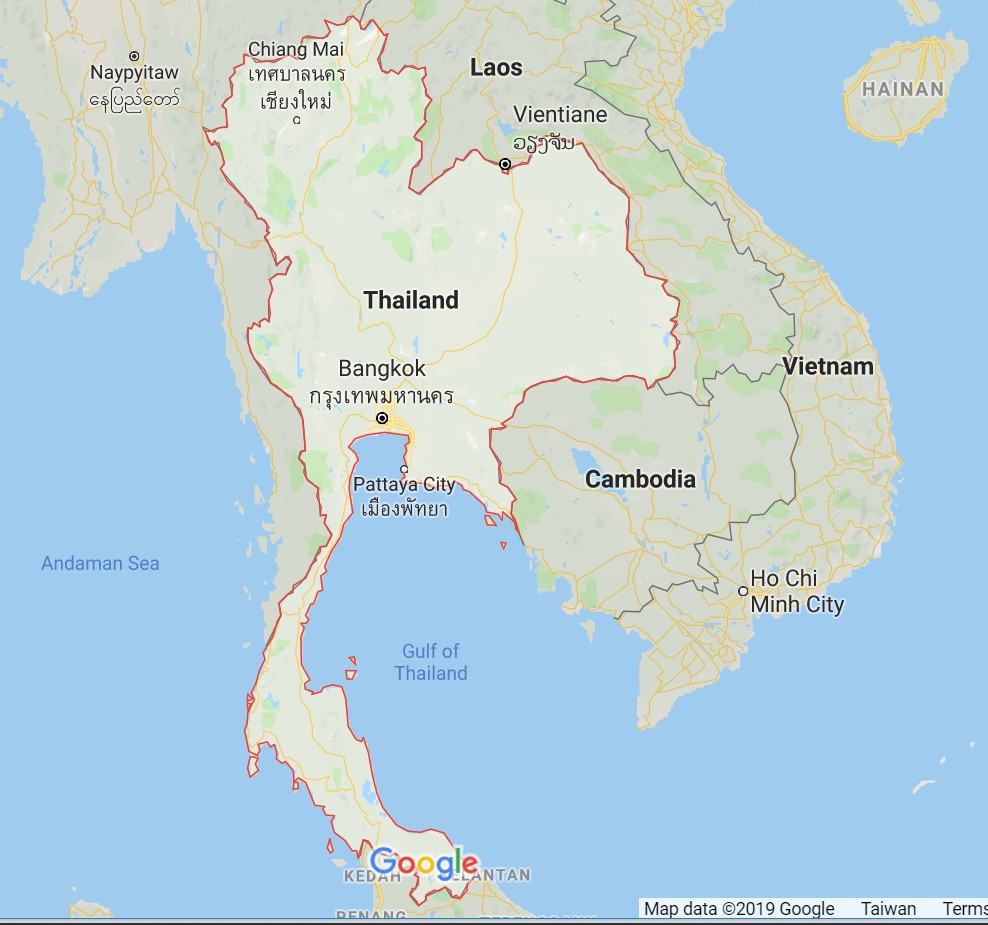
– Taiwan on a Map
Taiwan is tiny by comparison, coming in a tad over 36,000 square km (around 14,000 square miles) with a population of 23.5 million. So no question here, Thailand has a population three times the size of Taiwan, while the latter has a greater population density by virtue of its population-to-land mass ratio.

So while both countries offer a good mix of urban adventure and bucolic splendor, if taking overnight trains (often filled with smiling monks) is your thing, The Land of Smiles is your best choice.
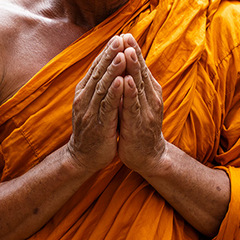
If getting between major cities by train in an hour or two – or getting from one end of the country to the other in an afternoon – is what you’re after, The Heart of Asia wins hands down.
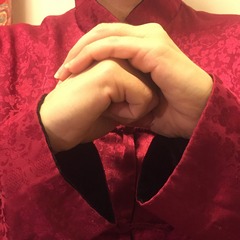
Now that that’s out of the way, let’s move into the stuff to do categories. Both countries offer enough to attract active travelers for weeks, months or even longer. So let’s break it down.
Over Hill, Over Dale: Best Place for Hiking and Mountain Climbing
– Hiking in Taiwan
Though the smaller of the two, Taiwan has no shortage of bucolic back-country to explore and significantly higher mountains to climb; Taiwan’s tallest peak, Jade Mountain, clocks in at 3,952 meters. (Read also: Take a Hike: the Best Hiking Trails in Taiwan)
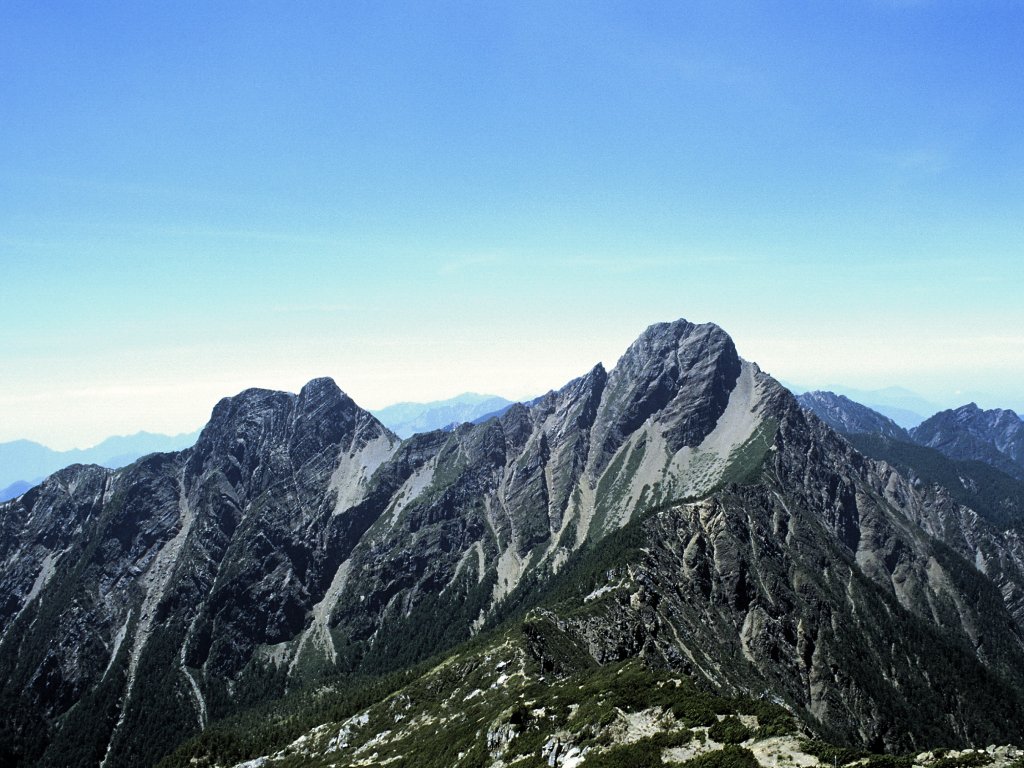
– Hiking in Thailand
At 2,565 meters, Thailand’s tallest Doi Inthanon is around 2/3 as high. So while visiting hill tribes in Northern Thailand is amazing, I’m going to go out on a limb and say that where hiking and mountain climbing is concerned, Taiwan offers more challenge and is the better destination for serious mountain climbers. This Round Goes to Taiwan!
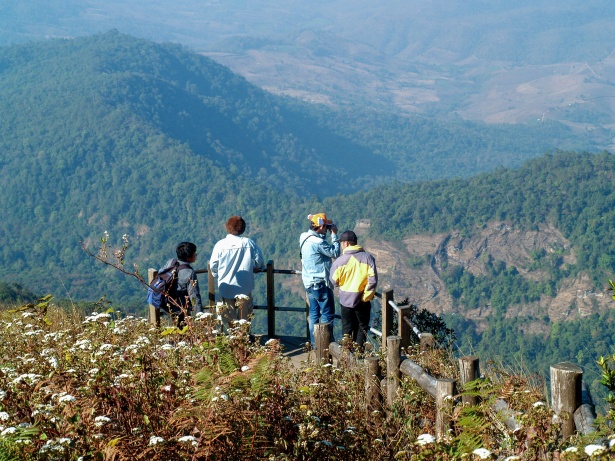
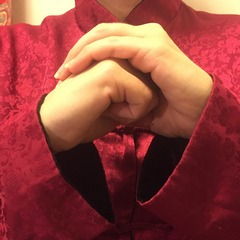
The Life Aquatic: Best Place for Beach Activities
While Taiwan has pretty good beaches, scuba diving, surfing and snorkeling (especially in the southeast), Thailand has way more coastline to explore and a more tropical climate, making it a prime destination for people looking for beach activities.
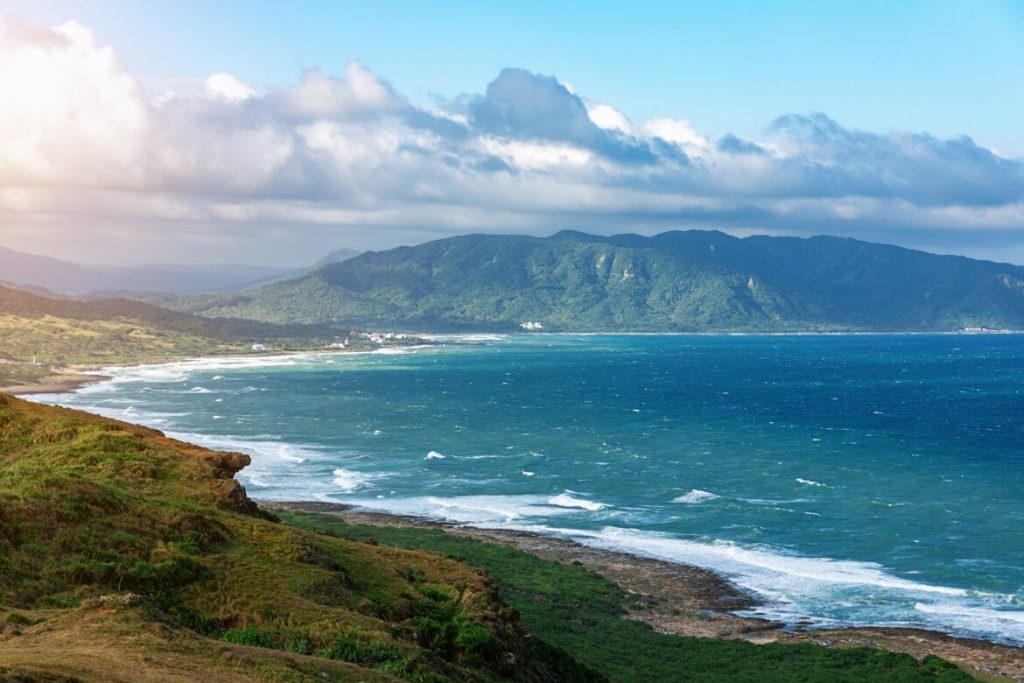
So while Taiwan puts up a darn good fight in this category (Xiao Liuqiu has great snorkeling, and the scuba diving in Green Island is awesome), Thailand has Taiwan outclassed for nautical stuff. Kenting may be the Cancun of Taiwan, but there are legitimate cinematic reasons that Danny Boyle and Leonardo DiCaprio filmed their 2000 trouble in paradise film The Beach in the Gulf of Thailand and not in Kenting (or even Wai’ao). (Read also: 10 reasons to visit Xiao Liuqiu, Taiwan’s Hidden Island Gem)
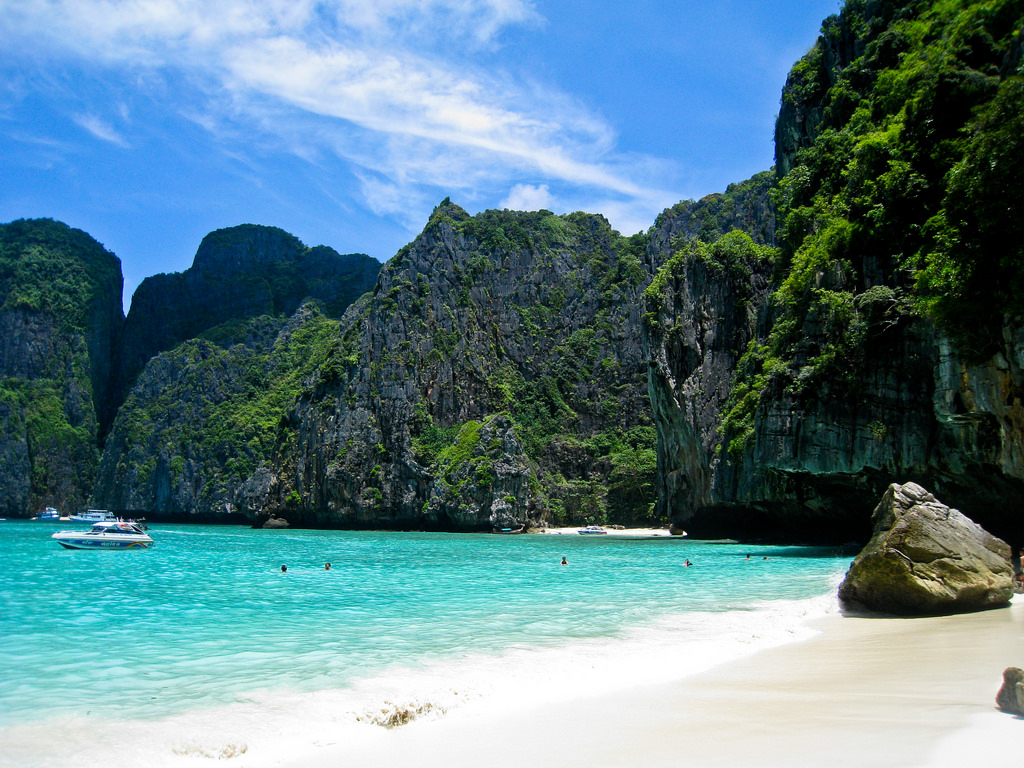
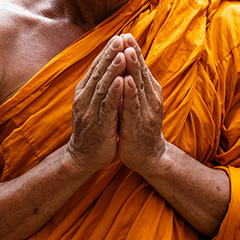
Two Wheel Travel: Best Destination for Cycling
– Cycling in Taiwan
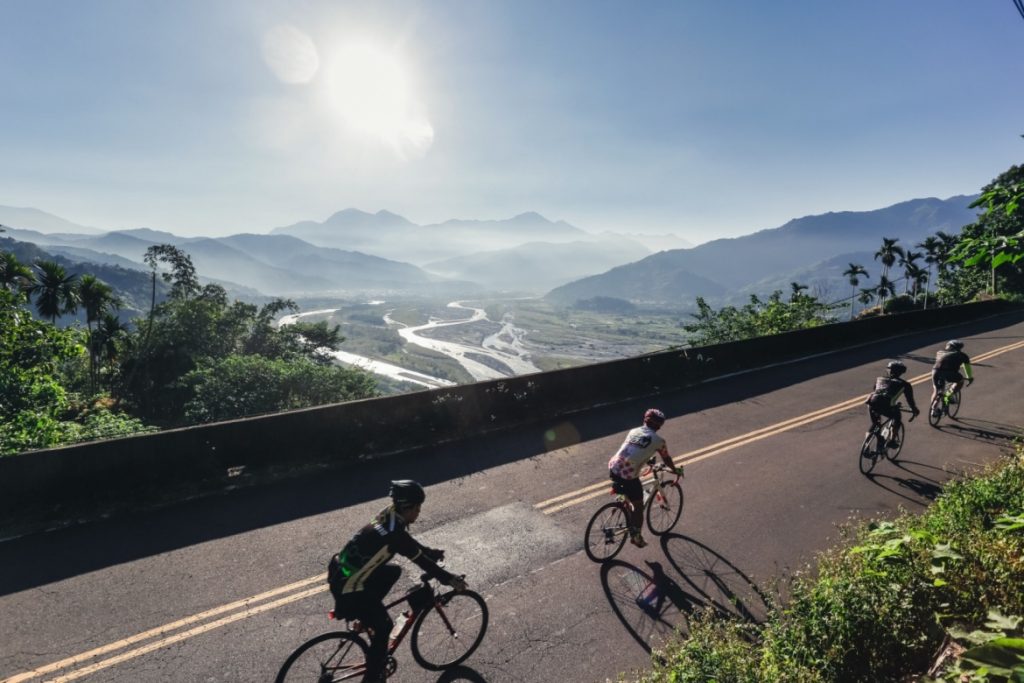
Where cycling is concerned, Taiwan shines brightly. While offering different terrain and riding experiences, both places are popular with long-distance bicyclists. Whereas even the heartiest ex-NYC bike messengers will find Bangkok traffic insanely challenging (or just insane), most Taiwanese cities are pretty well set up for city cycling, offering a good variety of bike paths and a population more-or-less used to having to share the road. Taiwan is generally a more bicycle-friendly place to ride than Thailand, where traffic patterns are a bit more Mad Max-esque. Brits, Australians, and folks from left-side driving places will have less of an adjustment to make in Thailand (where they also drive on the left), while Americans, Canadians and other right-siders will be more at home in Taiwan (where they drive on the right). (Read more: Eight Unforgettable Taiwan Cycling Routes)
As far as climate is concerned, subtropical Taiwan has a cooler winter than tropical Thailand, but both have longish hot and humid seasons. Thailand, being connected to Asia can be ridden to, obviously, whereas Taiwan, being an island, cannot. That said, circumnavigating Taiwan is an achievable goal while circumnavigating Thailand by bike would be a somewhat trickier proposition. While there’s much to be said for riding in both places, Taiwan gets the gold in this category for five reasons:
- Taiwan is significantly cooler, especially from November to April;
- Taiwan has better roads and bike trails;
- Taiwan has higher mountains for riders who like to climb;
- Bicycle culture is quite ingrained in Taiwan’s national psyche;
- I’ve been cycling in Taiwan for over 20 years and I’m still not bored.

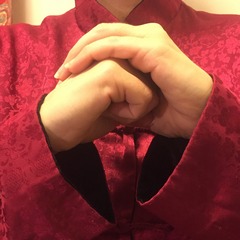
Religious Attractions: Best Place for Spiritual Travellers
Religion plays a strong role in both Taiwanese and Thai culture. Thailand is a predominantly Buddhist nation with a large Muslim minority, while Taiwan is a predominantly Buddhist/Taoist country with a sizable Christian minority (most pronounced among indigenous tribes). You’ll find a cornucopia of stunning temples laden with Buddhist artwork and other spiritual treasures in both countries. But the Buddhism practiced in Thailand is, to its Taiwanese counterpart “Same Same but Different” (to borrow a phrase often heard on the streets of Bangkok). While the Taiwanese people predominantly practice Mahayana Buddhism heavily flavored with Confucian principles and Taoist tradition, Thai Buddhism is drawn from the Theravada school, which tends to be more conservative. Visitors (especially women) should dress a bit more conservatively at Thai temples. And on that note, while you’ll never see a sign forbidding women from entering temples in Taiwan, you’ll definitely see them in Thai temples. (Read more: 13 Tips for having a deeper Taiwan Temple experience)
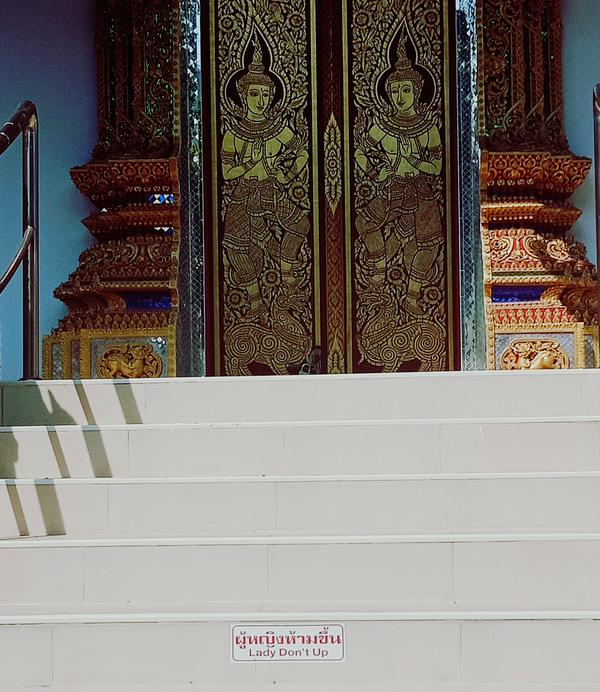
And while you’ll occasionally come across more “Chinese” style temples in Thailand, stylistically and architecturally, Thai and Taiwanese temples are quite different. Taiwan Scene Temple expert Stephanie Huffman writes:
“Thailand temples are focused solely on Buddhist iconography and mythology. Taiwanese temples are more of a communal nature. While a temple will focus on a main deity, other deities are given space. Visit a temple in Taiwan and you’ll likely find Buddhist deities coexisting peacefully with Taoist gods and Confucius figures. The main deity is always consulted before a new god is introduced into the building. This co-mingling of beliefs is a reflection on the multi-diversity of Taiwanese society. Aesthetically, these temples are quite different. Thailand temples are more angular and have several peaks on the roofs. Taiwan temples have their own peaks but less in number and there is more incorporation of round edges. Thai Temples use gold leaf for decoration and it is a predominant color. Taiwanese temples embrace a multitude of colors and combinations of gold, yellow, red, green, white, blue and black colors create a mosaic effect.”
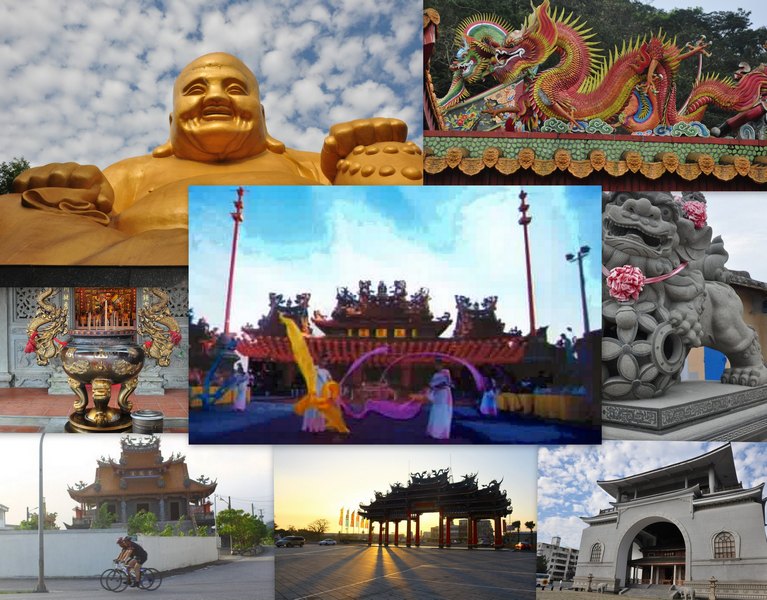
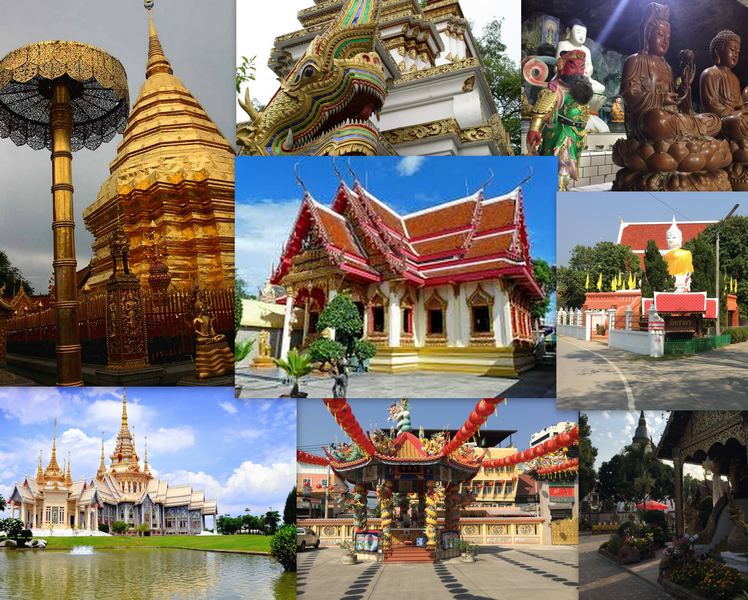
Religion, of course, is a deeply personal (not to mention historically highly sensitive) issue, one which really ought not to be compared in terms of “greater” or “lesser”. I don’t think anyone (Thai or Taiwanese) will begrudge my answering this question indirectly and diplomatically. Thailand and Taiwan are both must-visits for spiritual travelers, especially those with an interest in Buddhism.
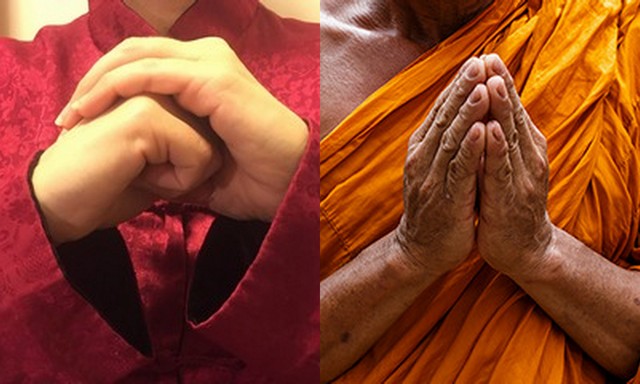
Culinary Travel: Best Place for Foodies
Though not quite as likely to cause a brawl as religion (except in Singapore, where it often does), cuisine is another deeply sensitive subject. Both countries have Michelin-starred restaurants, both have long and storied culinary histories blending influences from all over Asia, both have excellent night markets, both have great local fruit, and both have legions of expat fans willing to throw down at any perceived slight to the cuisine of their adopted homeland. (You might also like: Taiwan Knows Food: A Guide to Taipei’s Michelin-Worthy Night Markets)
So at the risk of being accused of being wishy-washy, I’m calling this category a draw with the following caveats:
- Travelers drawn to the culinary traditions of the Middle Kingdom, Austronesian tribal groups and Japan will probably prefer Taiwan.
- Travelers drawn to the culinary traditions of SE Asia, or those looking for extreme day-after bowel searing levels of spiciness will probably prefer Thailand.
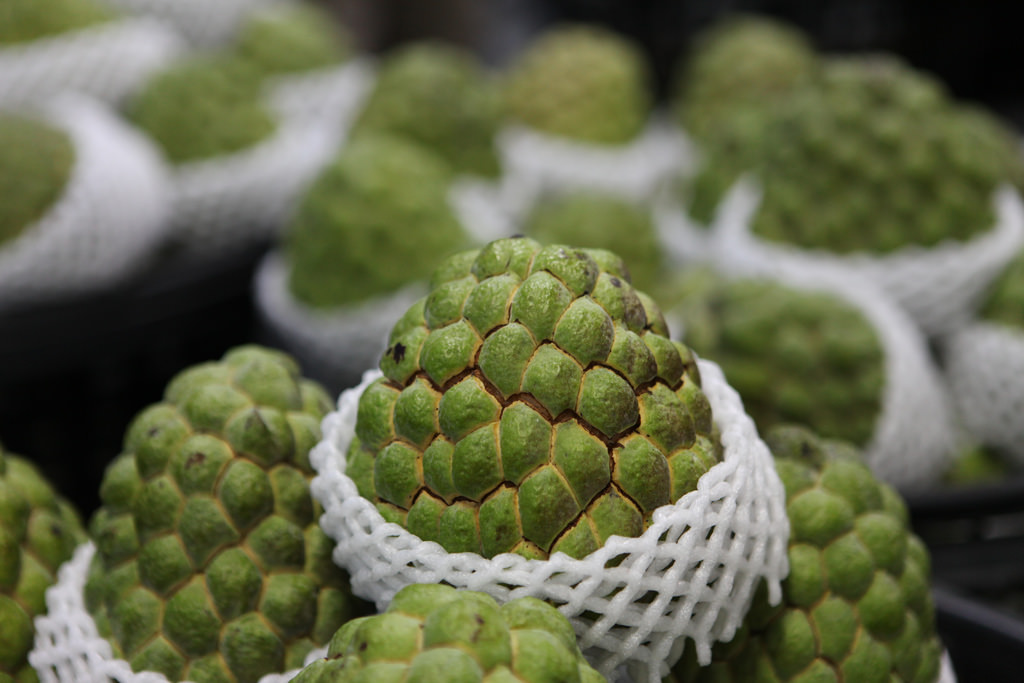

Verdict: Though different, Taiwan and Thailand are equally great places to eat!
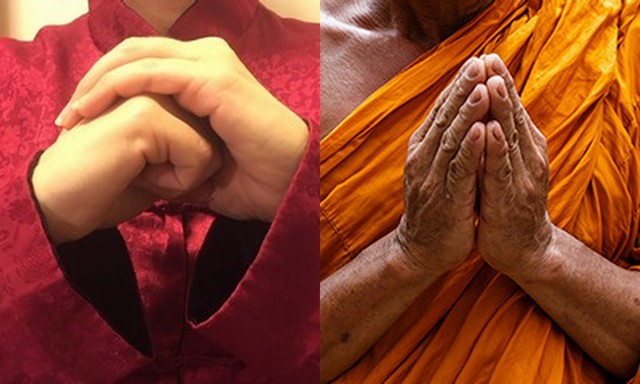
Budget Travel: Best Bang For The Travel Buck
Like beaches in Thailand and Mountains in Taiwan, this category isn’t going to be hard to call.
Thailand has a long history as a budget travel destination, and while prices have risen steadily there over the decades, Thailand is still the cheaper destination of the two. As of this writing (May 2019), the Thai Baht (THB) and New Taiwan Dollar (TWD) are pretty much equal, both hovering between 30-32 to the USD.
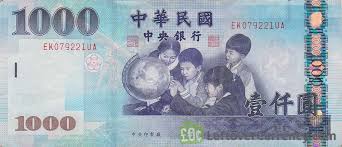
(roughly) =
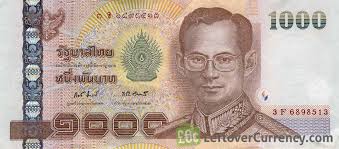
While deals abound on both sides (especially through sites like hotels.com and others), you’ll have a much easier time finding decent hotels under 1000 THB in Thailand than you will finding hotels for under 1000 TWD in Taiwan, and your standard “Under 50 USD a night” hotel in Thailand will generally offer more luxury than a similarly-priced hotel in Taiwan. The same applies to hostels, with Thailand having generally more and generally cheaper hostels than Taiwan.
Where food is concerned, it’s pretty much the same story. Whether you’re going to restaurants or night markets, a thousand THB is going to buy you a lot of great Thai food, and a thousand NTD is going to buy you considerably less great Taiwanese food. The same applies to souvenirs, clothing and memorable bric-a-brac of all sorts. Not only is Thailand cheaper, but many major city markets have nearby post offices where they’ll help you pack your stuff up and mail it back home (after checking, of course, that you’re not trying to ship home Buddha statues, which is illegal in Thailand).

So in this category, it’s no contest. While the Thai Baht and Taiwan Dollar have roughly the same exchange value at the bank, the Baht has about 35% more local buying power than the Taiwan Dollar. While it’s possible to be a budget traveler in Taiwan, Thailand is made for budget travel.
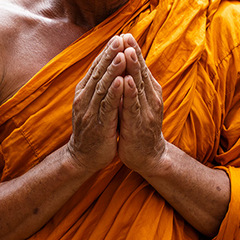
Far From the Maddening Crowd: Best Place to Escape Other Tourists
As the previous category was uncontested for Thailand, our final category goes hands down to Taiwan, and to prove it, I’m calling in one of the biggest names in the Marvel Universe. But before bringing Thanos into the argument, a few facts are in order.
Thailand was the 9th most visited nation globally in 2018 and has pretty consistently been on the top-ten most visited nations list for years. While you can find plenty of untouristed spots throughout Thailand if you look hard enough, so many of the country’s must-see highlights are so geared towards foreign tourists (and increasingly visitors from China, who can now drive overland through Laos from Kunming to Chiang Mai in about ten hours) that it’s almost impossible to imagine them existing without tourism.
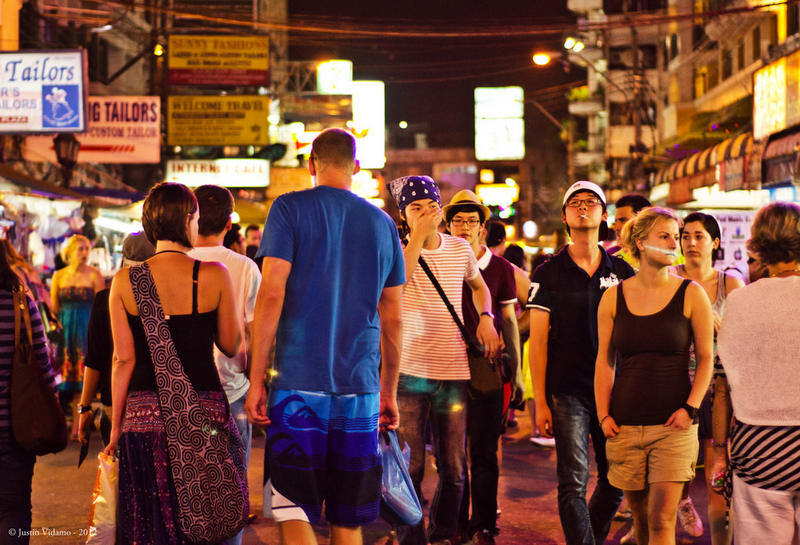
While inbound tourism in Taiwan is growing every year as more and more people realize the island has a great deal to offer to travelers of all interests, Taiwan is nowhere close to being considered an oversaturated tourist market. Outside of a few dozen spots which are generally considered tourist must-visits (Jiufen and Pingxi definitely come to mind), tourists are in the distinct minority even in that the government has gone out of its way to designate as “tourist” spots (The Raohe or Shilin night markets, Taipei 101, Dadaocheng…the list goes on). From crowded night market to bustling temple, Taiwan’s popular attractions were popular with locals before (most) anyone outside of Taiwan knew they existed. (You might also like: Secrets to Traveling around Taiwan over Chinese New Year)
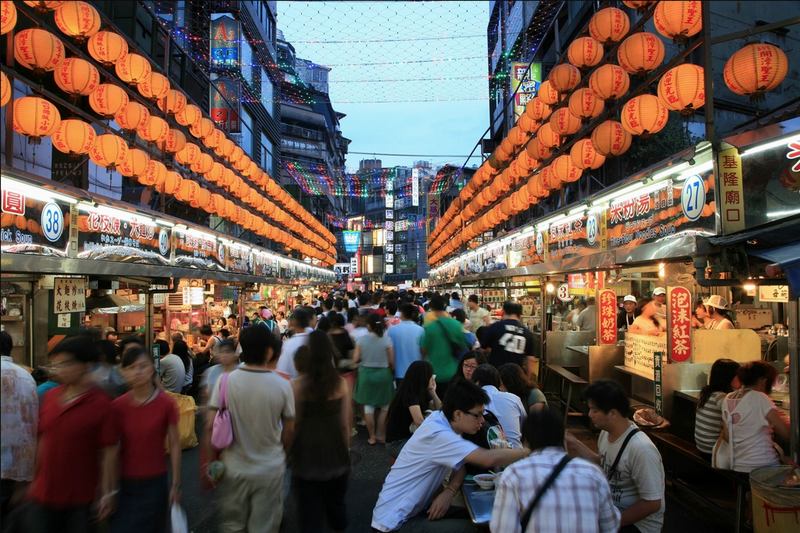
Which brings us to Thanos (and this article to the Endgame):
Imagine, if you will, that the mighty Thanos, having had one too many bad experiences getting jostled by Lonely Planet-wielding backpackers, had decided to focus the unthinkable power of the Infinity Gauntlet not on the general population, but just on tourists.

Appearing on Earth, the purple Titan declares “When I snap my fingers, anyone who doesn’t reside in the country in which they’re currently standing will be reduced to dust!”
From the Pattaya to Chiang Mai, every temple, tourist neighborhood and night market is suddenly reduced in population by 80% or more. Those left are in a state of shock and bewilderment. The air is filled with ash and cries of Thuk khn xyū̀ thī̀h̄ịn? (“Where is everybody?”)
Meanwhile, in Taiwan, the reduction in night market crowds are barely perceptible, and outside of merchants who’d at the moment of *snapture* been chatting with a foreign customer, the event passes largely unnoticed. Temples around the island are still noisy, and the slight increase in windblown ash (if noticed at all) will be attributed to a strong breeze blowing across the courtyard brazier. (Read more: Seven Taiwan Night Markets Everyone Needs to Visit)
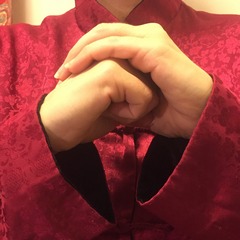
In conclusion, Taiwan and Thailand are both excellent travel destinations, and both countries should be on any serious traveler’s bucket list.
But why choose at all? Taipei to Chiang Mai is quick and cheap flight, as is Kaohsiung to Bangkok. Whether you’re planning a Taiwan Layover or your trip of a lifetime, click here to see what options you have!
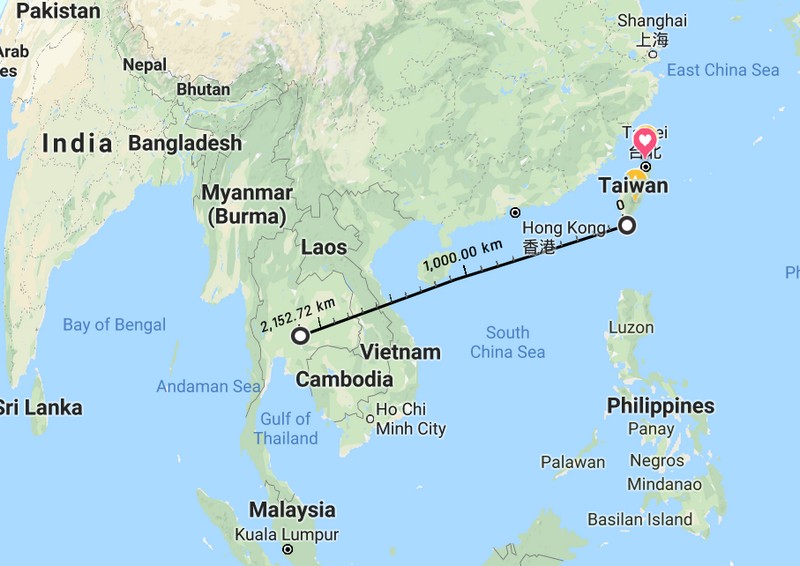


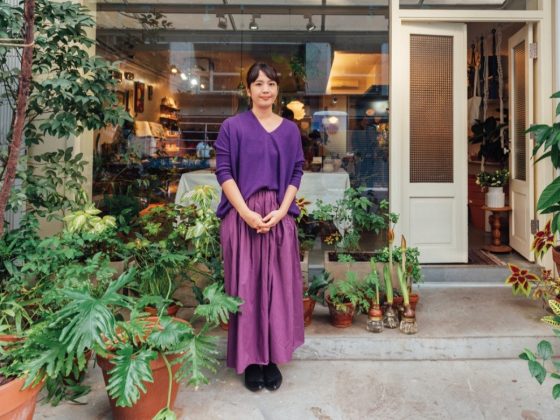
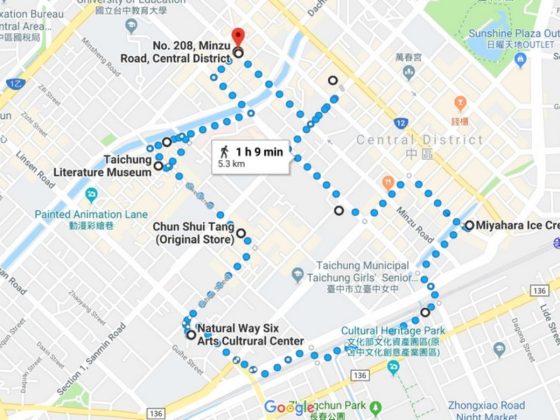









Comments are closed.